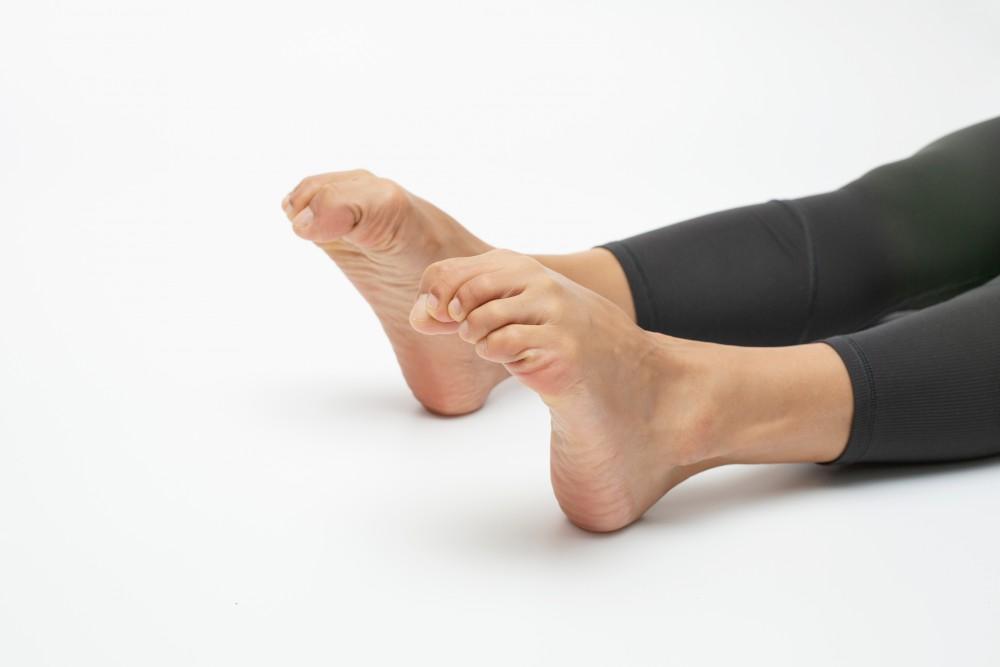
How to Regain Stability After a Meniscus Tear

Recovering from a meniscus tear can feel like a long road, but it’s worth it because complete recovery leads to stability and the ability to do the things you like!
At Bahri Orthopedics & Sports Medicine Clinic in Jacksonville, Florida, the skilled orthopedic surgeons have helped hundreds of patients regain stability following a meniscus injury, and they can help you, too. Whether your treatment involves arthroscopic surgery or more conservative methods, a full recovery is critical to help you avoid future injuries and prevent chronic instability.
What is a meniscus tear?
Your menisci are two C-shaped cartilage discs that connect the bone in your thigh to the bone in your lower leg. They work as shock absorbers. When one of these cartilage discs is torn, you have a meniscus tear.
Meniscus tears are a common sports injury, particularly for people who play contact sports, but they also become more common with age. As you get older, the structures of your knee become weaker and more prone to injury. Sometimes people get a meniscus tear from a simple movement like kneeling or squatting to lift something.
Treatment for meniscus tears
The most appropriate treatment for a meniscus tear depends on several different factors, such as:
- The severity of the tear
- The location of the tear on your meniscus
- Your age
- Your medical history
When you come to Bahri Orthopedics & Sports Medicine Clinic, we evaluate your injury in the context of your life. If you’re a 17-year-old football player with an injury, your situation is far different than if you’re a 62-year-old woman who maintains her fitness and health with a daily 3-mile walk. Each person is different, each injury is unique, and your treatment plan must be tailored to your needs.
Generally speaking, the first line of treatment for a meniscus tear is the classic RICE protocol: rest, ice, compression, and elevation. If your tear is minor, RICE may be enough. However, a more severe tear may require surgery.
Prior to recommending surgery, your doctor will likely order an MRI to get a better idea of your injury. Depending on the injury, he may recommend meniscus repair, partial removal of your meniscus, or total meniscectomy, which removal of your whole meniscus.
In most cases, meniscus surgery can be accomplished through arthroscopic surgery, which is performed through small incisions. Arthroscopic surgery is minimally invasive, lower risk, and usually involves a shorter recovery time compared to conventional, open surgery.
Regaining stability after a meniscus tear
The length of your recovery depends in part on what type of surgery you have and how long it takes you to regain stability. You may need to wear a brace to keep your knee stable as you recover and you may need crutches for a time as you regain strength.
Physical therapy can help you regain strength, range of motion, and stability in your knee following a meniscus tear. You may need to do specific exercises at home, as well.
It’s critical that you follow your doctor’s instructions carefully and attend all recommended follow-up appointments. Whether you’re an athlete, a busy parent, or someone who simply wants to maintain your health and mobility, a complete recovery will help you reach your goals.
If you’d like to learn more about meniscus tears, your options for treatment, or what recovery will look like for you, book an appointment at Bahri Orthopedics & Sports Medicine Clinic. We have two locations for your convenience, one on Kennerly Road and one on Riverside Avenue. Call the location that works best for you and schedule your appointment today.
You Might Also Enjoy...


Fracture Care: Nonsurgical Options vs. Surgery

Am I a Good Candidate For Shoulder Replacement?

Staying Active With Knee Osteoarthritis: Our Top Tips

Struggling with Ankle Instability? Here's How to Avoid Future Sprains


